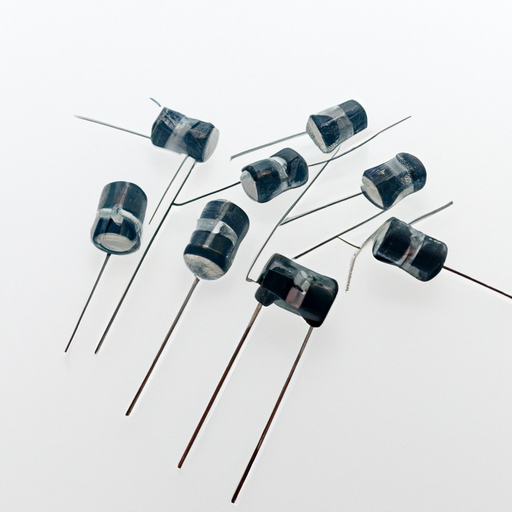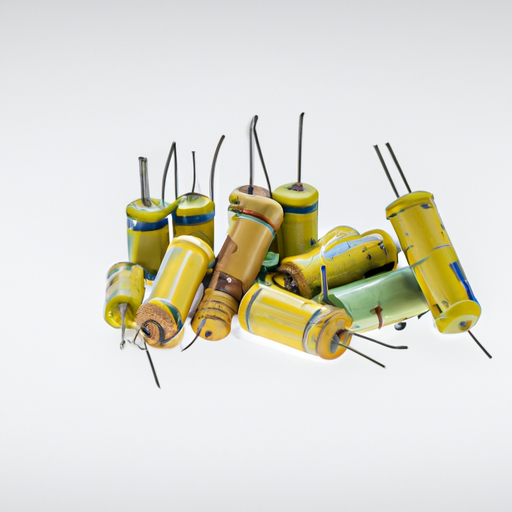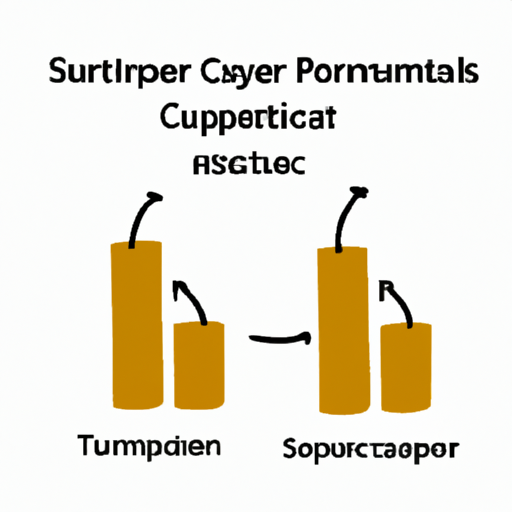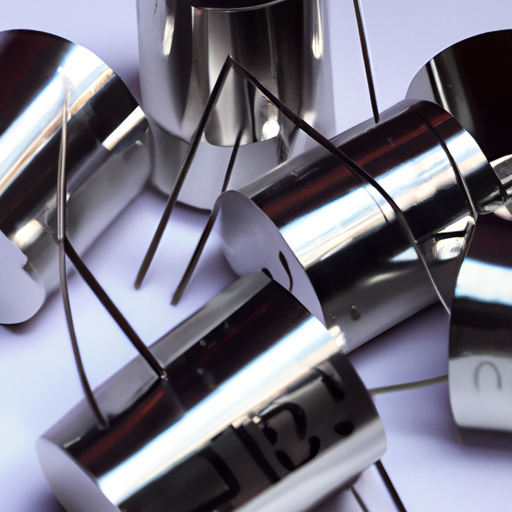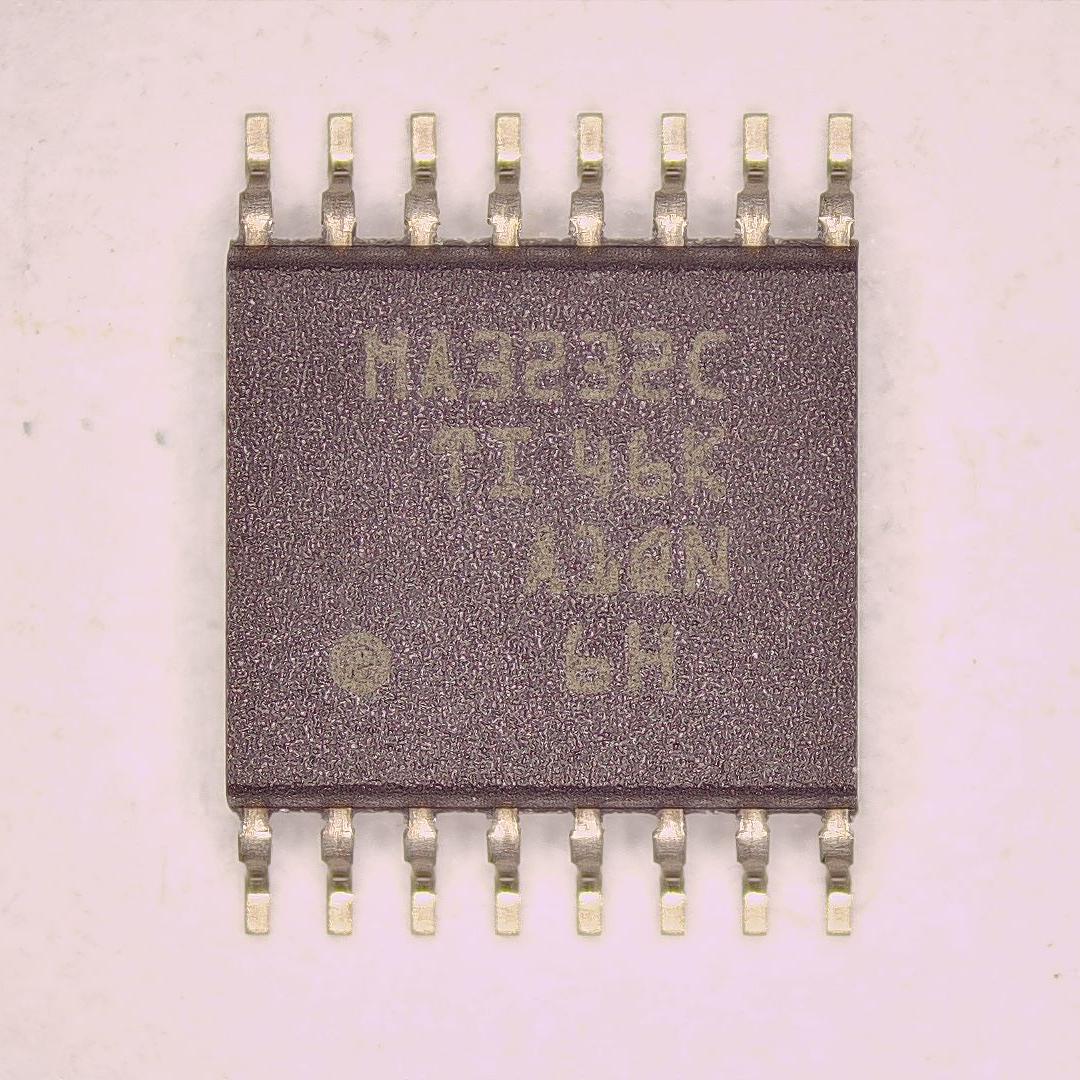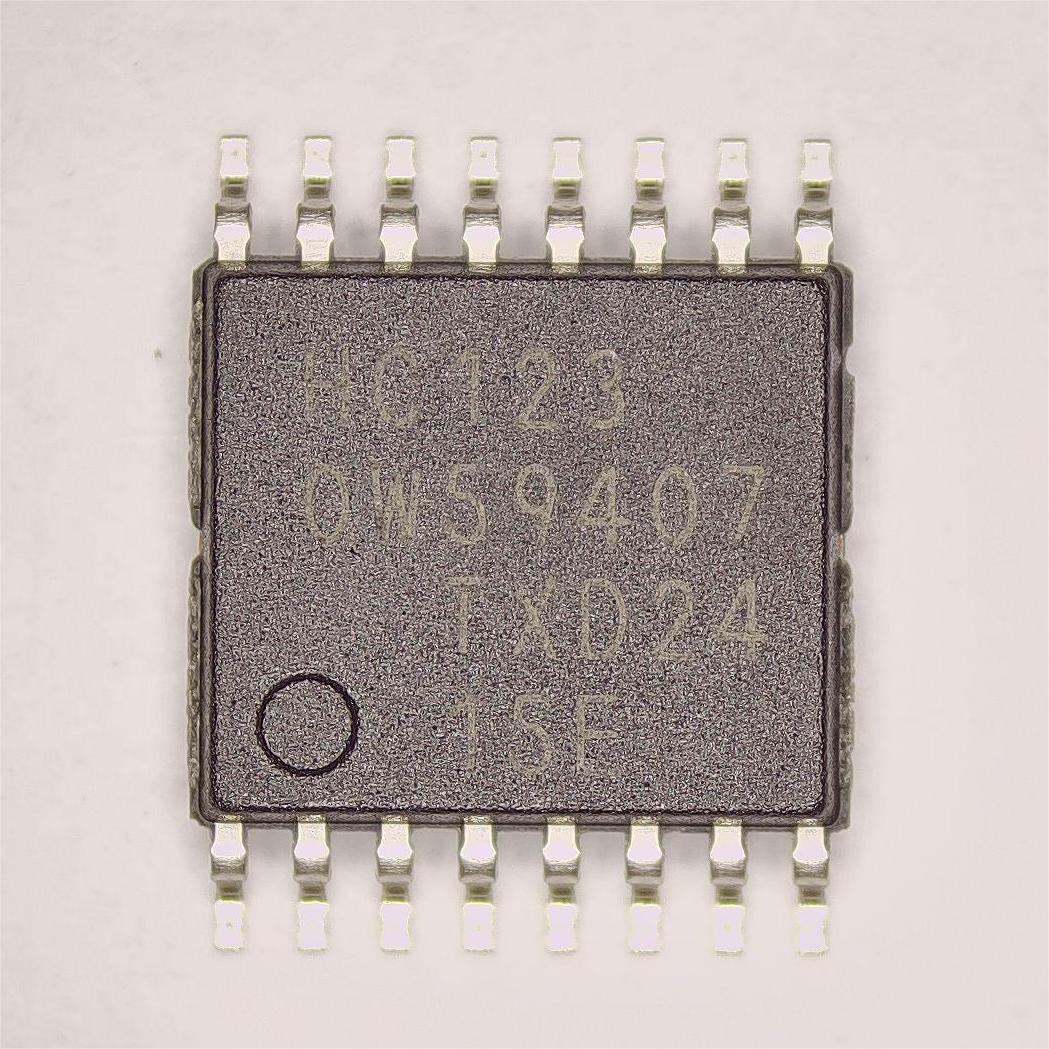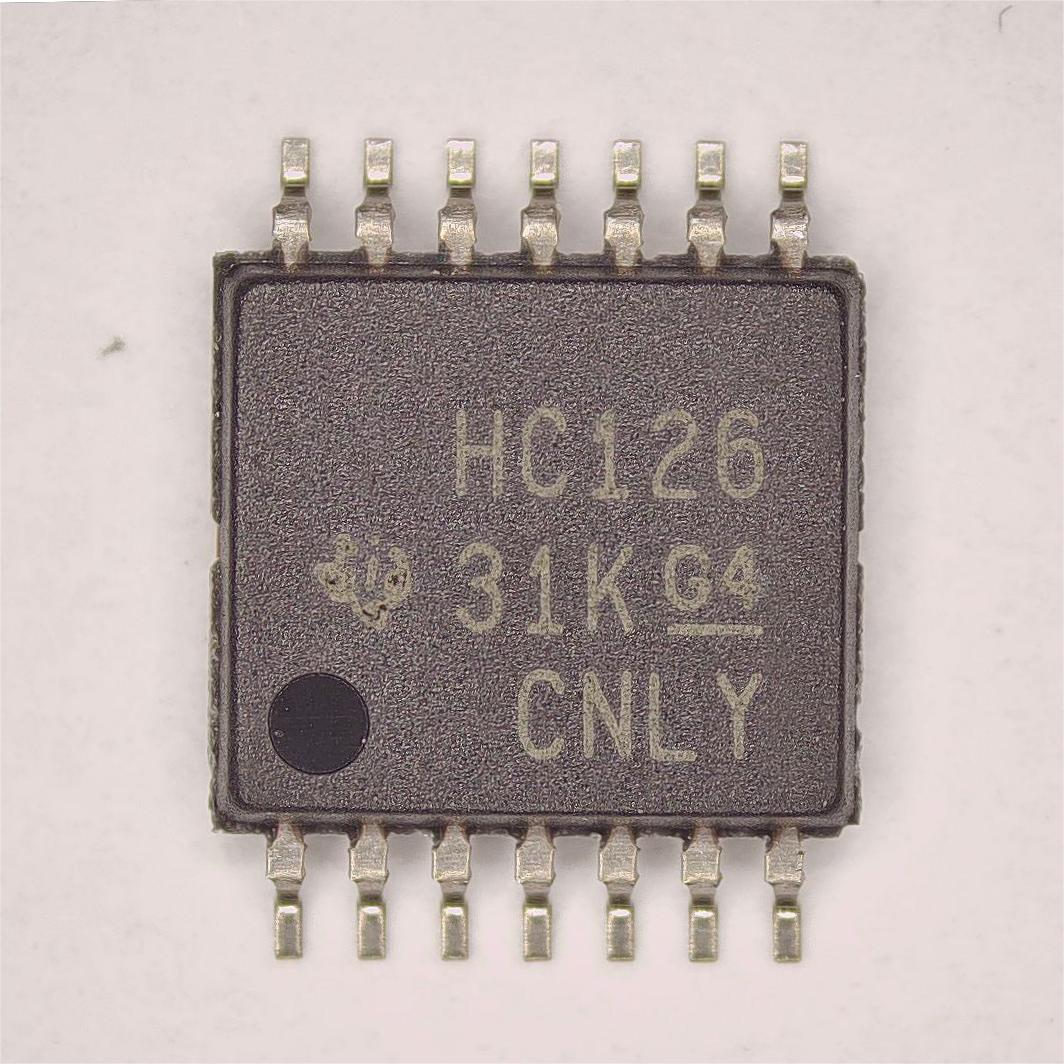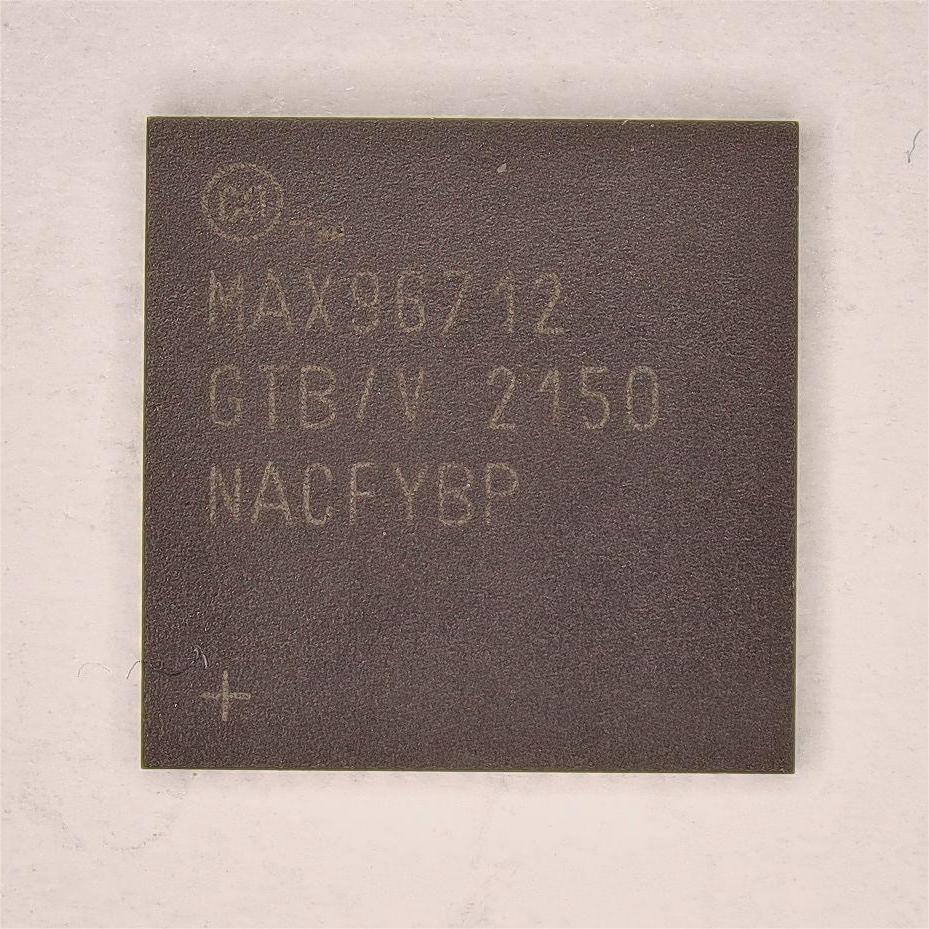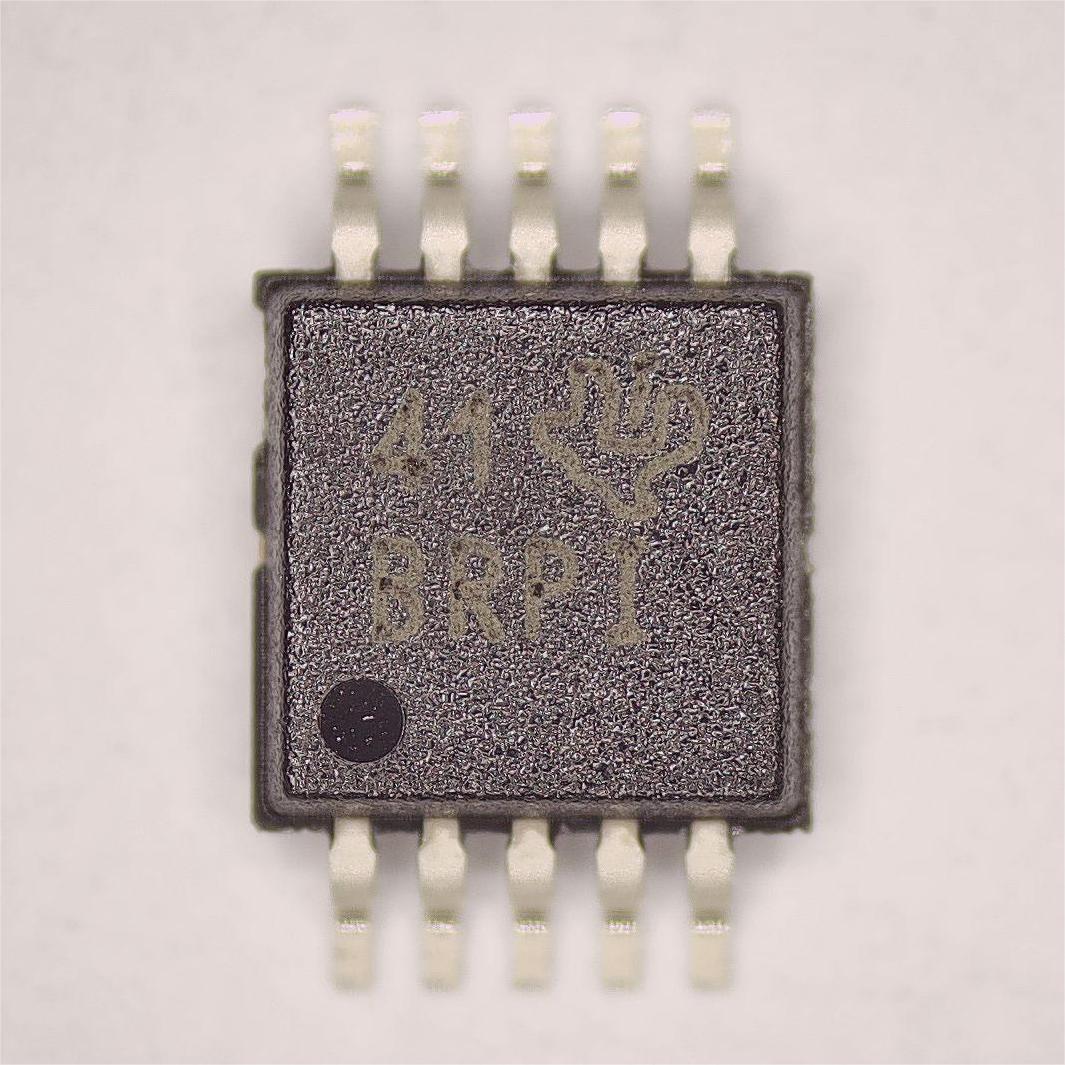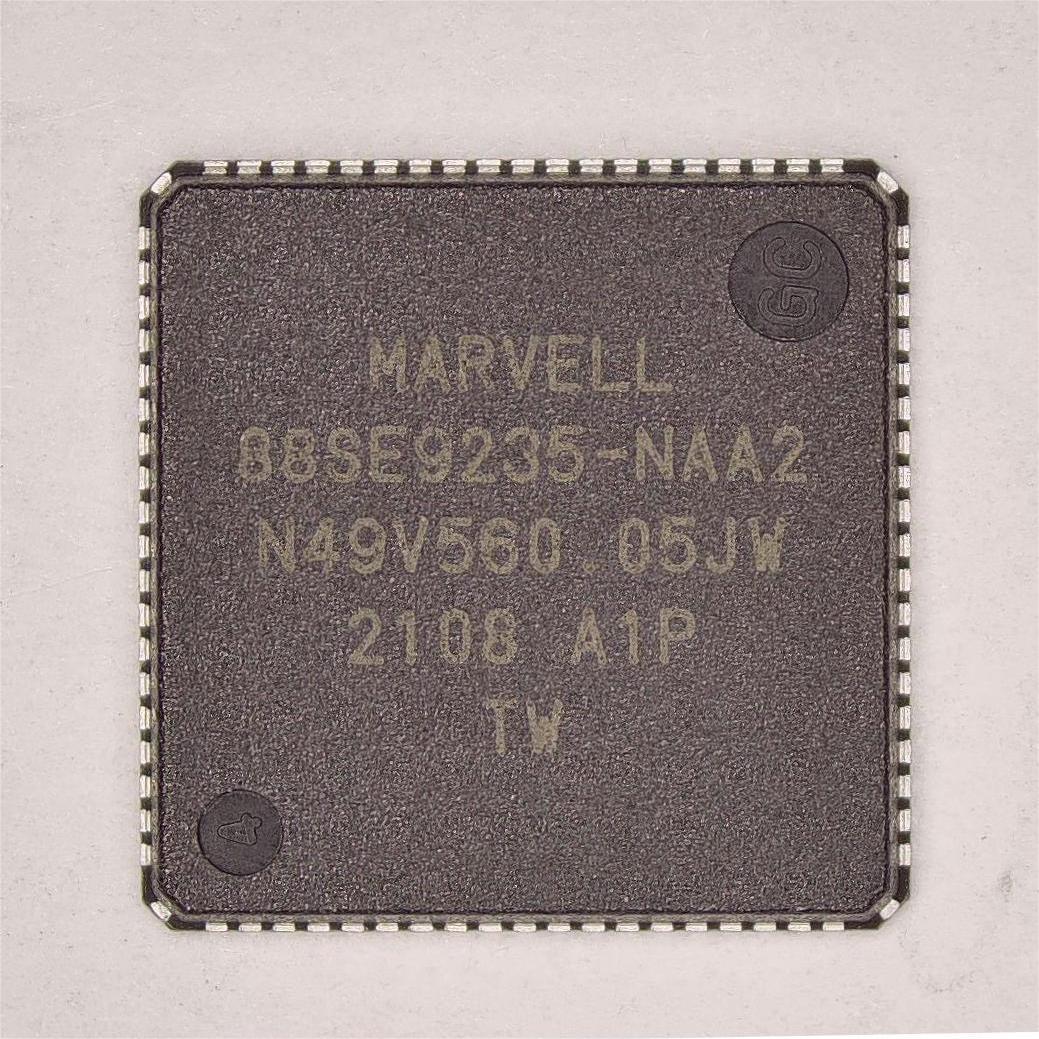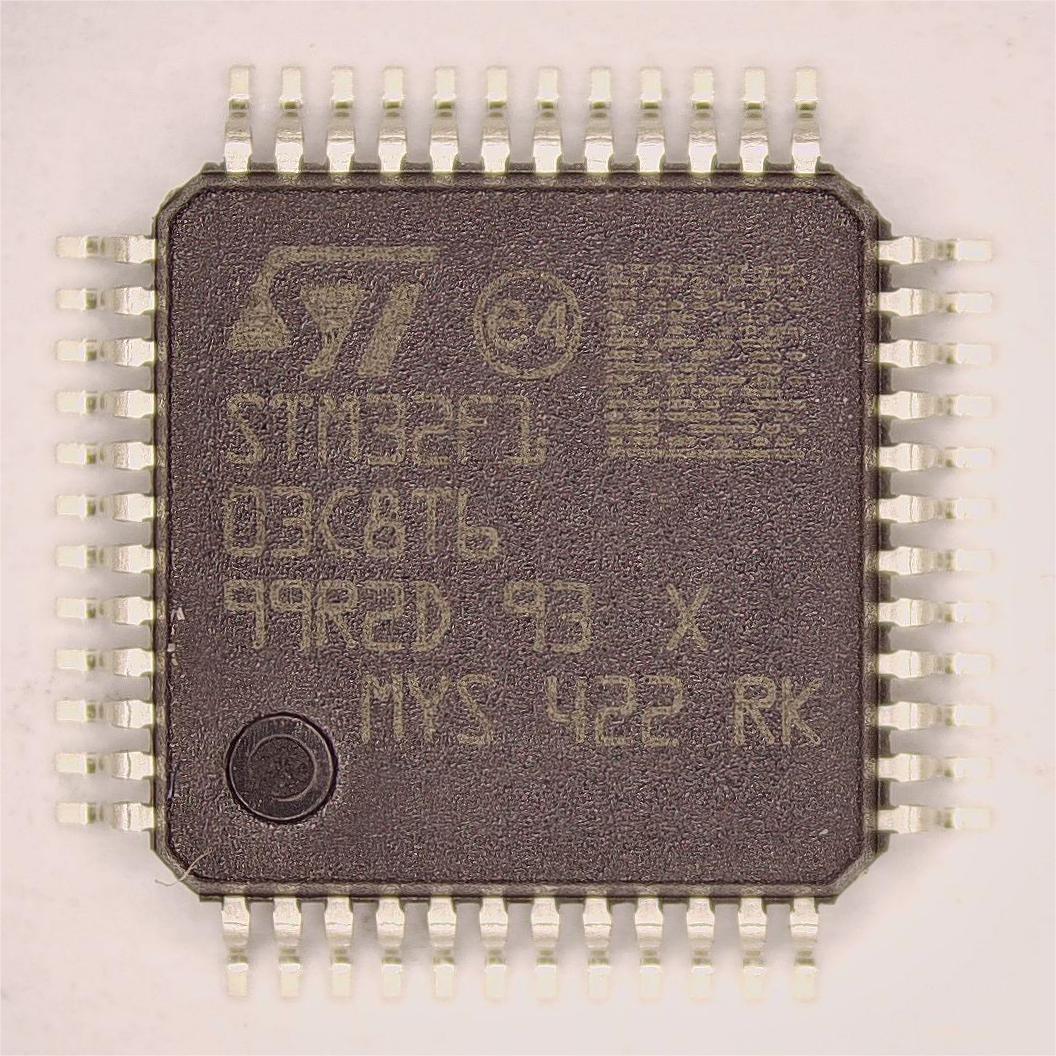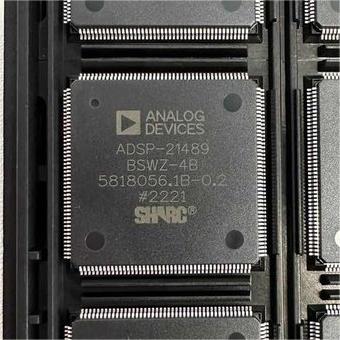What are the popular models of capacitor capacitors?
Popular Models of Capacitors
I. Introduction
Capacitors are fundamental components in electronic circuits, playing a crucial role in energy storage, filtering, and signal processing. They are passive electrical devices that store energy in an electric field, allowing them to release that energy when needed. This article explores the various types of capacitors, their characteristics, applications, and the factors influencing their selection, as well as future trends in capacitor technology.
II. Basic Principles of Capacitors
A. How Capacitors Work
Capacitors consist of two conductive plates separated by an insulating material known as a dielectric. When a voltage is applied across the plates, an electric field is created, causing positive and negative charges to accumulate on opposite plates. The ability of a capacitor to store charge is quantified by its capacitance, measured in farads (F).
1. Charge Storage
The amount of charge (Q) a capacitor can store is directly proportional to the voltage (V) across it and its capacitance (C), expressed by the formula:
\[ Q = C \times V \]
2. Capacitance and Its Measurement
Capacitance is influenced by several factors, including the surface area of the plates, the distance between them, and the type of dielectric material used. Larger plate areas and smaller distances increase capacitance, while different dielectrics can enhance performance characteristics.
B. Types of Capacitors Based on Construction
Capacitors can be categorized based on their construction into two main types: polarized and non-polarized, as well as fixed and variable capacitors.
1. Polarized vs. Non-Polarized
Polarized capacitors, such as electrolytic capacitors, have a positive and negative terminal and must be connected in the correct orientation. Non-polarized capacitors, like ceramic capacitors, can be connected in either direction.
2. Fixed vs. Variable Capacitors
Fixed capacitors have a set capacitance value, while variable capacitors allow for adjustable capacitance, making them useful in tuning applications.
III. Popular Types of Capacitors
A. Ceramic Capacitors
1. Characteristics
Ceramic capacitors are made from ceramic materials and are known for their small size, low cost, and stability. They typically have a capacitance range from picofarads (pF) to microfarads (µF).
2. Applications
Commonly used in high-frequency applications, such as RF circuits, decoupling, and filtering.
3. Advantages and Disadvantages
Advantages include low equivalent series resistance (ESR) and high reliability. Disadvantages may include voltage coefficient and capacitance variation with temperature.
B. Electrolytic Capacitors
1. Characteristics
Electrolytic capacitors are polarized and have high capacitance values, typically ranging from microfarads to thousands of microfarads. They use an electrolyte as one of the plates.
2. Applications
Widely used in power supply circuits, audio equipment, and energy storage applications.
3. Advantages and Disadvantages
Advantages include high capacitance and low cost. Disadvantages include limited lifespan and sensitivity to voltage and temperature.
C. Tantalum Capacitors
1. Characteristics
Tantalum capacitors are also polarized and offer high capacitance in a small package. They are known for their stability and reliability.
2. Applications
Used in applications requiring stable capacitance, such as in telecommunications and medical devices.
3. Advantages and Disadvantages
Advantages include high capacitance and low ESR. Disadvantages include higher cost and susceptibility to failure if subjected to over-voltage.
D. Film Capacitors
1. Characteristics
Film capacitors use a thin plastic film as the dielectric. They are non-polarized and available in various capacitance values.
2. Applications
Commonly used in audio applications, power electronics, and timing circuits.
3. Advantages and Disadvantages
Advantages include excellent stability and low ESR. Disadvantages may include larger size compared to other types.
E. Supercapacitors
1. Characteristics
Supercapacitors, or ultracapacitors, have extremely high capacitance values, often in the farad range, and can store large amounts of energy.
2. Applications
Used in applications requiring rapid charge and discharge cycles, such as energy storage systems and backup power supplies.
3. Advantages and Disadvantages
Advantages include high energy density and long cycle life. Disadvantages include lower voltage ratings and higher self-discharge rates.
F. Mica Capacitors
1. Characteristics
Mica capacitors use mica as the dielectric material and are known for their high stability and precision.
2. Applications
Commonly used in RF applications and precision timing circuits.
3. Advantages and Disadvantages
Advantages include excellent temperature stability and low loss. Disadvantages include higher cost and larger size.
G. Aluminum and Tantalum Polymer Capacitors
1. Characteristics
These capacitors use conductive polymers as the electrolyte, offering a combination of the benefits of electrolytic and solid capacitors.
2. Applications
Used in applications requiring high capacitance and low ESR, such as in power supply circuits.
3. Advantages and Disadvantages
Advantages include improved performance and reliability. Disadvantages may include higher cost compared to traditional electrolytic capacitors.
IV. Specialized Capacitors
A. High Voltage Capacitors
1. Characteristics
Designed to operate at high voltages, these capacitors are built with materials that can withstand significant electrical stress.
2. Applications
Used in power transmission, industrial equipment, and high-voltage power supplies.
B. RF Capacitors
1. Characteristics
RF capacitors are designed to operate at radio frequencies and are optimized for low loss and high stability.
2. Applications
Commonly used in RF amplifiers, oscillators, and filters.
C. Power Capacitors
1. Characteristics
Power capacitors are used in power factor correction and energy storage applications, designed to handle high currents and voltages.
2. Applications
Widely used in industrial power systems and renewable energy applications.
V. Factors Influencing Capacitor Selection
When selecting a capacitor for a specific application, several factors must be considered:
A. Capacitance Value
The required capacitance value is determined by the application, influencing the capacitor's size and type.
B. Voltage Rating
The voltage rating must exceed the maximum voltage the capacitor will experience in the circuit to prevent failure.
C. Temperature Coefficient
The temperature coefficient indicates how capacitance changes with temperature, affecting performance in varying conditions.
D. Equivalent Series Resistance (ESR)
Low ESR is desirable for high-frequency applications, as it minimizes energy loss and heat generation.
E. Size and Form Factor
The physical size and shape of the capacitor can impact its suitability for specific applications, especially in compact electronic devices.
VI. Future Trends in Capacitor Technology
A. Advancements in Materials
Research into new dielectric materials and construction techniques is leading to capacitors with improved performance characteristics, such as higher capacitance and lower losses.
B. Miniaturization and Integration
As electronic devices become smaller, the demand for compact capacitors is increasing, driving innovation in miniaturization and integration with other components.
C. Emerging Applications in Renewable Energy and Electric Vehicles
Capacitors are playing a vital role in energy storage systems for renewable energy sources and electric vehicles, where high energy density and rapid charge/discharge capabilities are essential.
VII. Conclusion
Capacitors are indispensable components in modern electronics, with a wide variety of types and applications. Understanding the characteristics and advantages of different capacitor models is crucial for selecting the right component for specific needs. As technology advances, capacitors will continue to evolve, paving the way for new applications and improved performance in electronic devices. For those interested in delving deeper into the world of capacitors, further exploration and learning are encouraged.
VIII. References
A. Suggested Reading
- "Capacitors: Technology and Applications" by John Smith
- "The Art of Electronics" by Paul Horowitz and Winfield Hill
B. Online Resources and Databases
- IEEE Xplore Digital Library
- Electronics Tutorials
C. Industry Standards and Guidelines
- IEC 60384: Fixed capacitors for use in electronic equipment
- EIA-198: Standard for Capacitor Specifications
This comprehensive overview of popular capacitor models provides a solid foundation for understanding their roles in electronic circuits and the factors influencing their selection. Whether you're a student, engineer, or hobbyist, grasping these concepts will enhance your knowledge and application of capacitors in various technologies.

